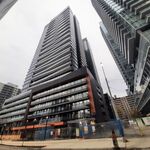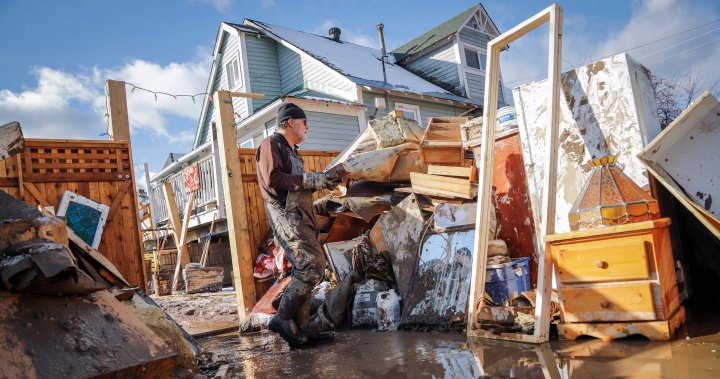Northern Light
Superstar
What I read in the article sounded reasonable. Unfortunately I do not think this country has a stomach for the prescriptions.
And yes - zoning reform is slowly happening, but going full-force to intensification........
750,000 homes (maybe) achieved through the Housing Accelerator you say......
While a Task Force looking at the housing issue suggests we need 5,800,000 new units by 2030. (not remotely possible).
Sometimes the problem isn't merely the facts, its the idea that the facts are disconnected from reality and no one is pointing that out.
, restricting building in areas prone to climate-risk - I don’t think any (maybe BC?) provinces are really hot on doing that.
Ontario already does this, that's what the Conservation Authorities have done for generations in restricting building in the regulatory floodplain
Though, its been decades since they were funded properly to buy-out housing that's already at-risk, because it was built before such regulations were in place.
In Toronto, the residences of Hogg's Hollow are one of the more obvious pockets of housing entirely within a flood-risk area. The TRCA originally wanted to buy out that very well-heeled pocket of housing, decades ago, but it was fought, and today doesn't have the acquisition budget to buy more than one house every few years in that area.
The homes atop the Scarborough Bluffs all have a fairly high risk profile over time, and are being bought out very slowly; curiously, we don't even restrict re-sale of these properties, and that's because the TRCA doesn't have the budget to buy all that come up for sale every year.
Outside the City, in respect of flood/erosion, there are a number of properties at high risk on the shores of Lake Erie that really should be bought out and added to/made into a National or Provincial Park.
Fire risk is a different story. In the north and west, there really isn't alot one can do to escape a general relationship with fire-prone forest.
What one can do is mitigate by changing building materials (for buildings and fences); and adopting vegetative restrictions (banning conifers within or immediately adjacent to urban areas); and changing forest management practices. Forestry companies currently use pesticides to curtain growth of deciduous trees such as Aspen in the midst of conifer forests to which they have logging rights.,
Those deciduous trees form natural firebreaks. While not immune to fire, they are much slower to catch than conifers and they slow the growth of forest fires, both naturally limiting them in size, but also buying time for intervention.
We've known this stuff for ages..........but changing it...........don't hold your breath.
Last edited:





